Tiffany & Co. has made some powerful moves in the past year to try and raise the visibility of its brand. The first was at the Oscar celebration last February where brand ambassador Lady Gaga turned heads when she rocked up wearing the historic 128.54 Tiffany yellow diamond around her neck. The necklace had not been worn since the legendary Audrey Hepburn wore it in movie Breakfast at Tiffany in 1961
In my opinion, Lady Gaga made a brilliant presentation of the Tiffany diamond and of herself. I was convinced that the Oscar show would without doubt shine a light on large yellow diamonds and color stones, that consumers would pick up on the trend and stones over 10 carats would show a rapid sales increase, however this did not happen. Whilst yellow diamonds of 5 carats or below got a nice lift (LEIBISH sold more yellow diamonds last year than ever before) the outcome of the February showcasing was to boost Tiffany’s brand value which in turn helped the company to be bought out by the LVHM luxury goods company.
It goes to show that a properly managed jewelry brand who knows how to appeal to its core clientele is more valuable than their balance sheet would indicate. LVMH Group controls universal luxury brands such as Louis Vuitton, Christian Dior, Fendi, Givenchy, as well as watchmaker Tag Heuer. When LVMH Group acquired the historic Tiffany brand, along with its existing market share and client base, it opened up a foothold for them in the United States.
In 2018 Tiffany had 321 global stores, 93 being in the United States, raking in a total of 4.4 billion dollars in sales worldwide with net earnings of $586 million. The value of the brand at the time of the merger was not based on profit and loss, but on the glory of the Tiffany brand in the luxury segment. Around the same time in 2018, The Jewelry Board of Trade (JBT) reported that 852 Jewelry retailers in the United States had closed up shop, on top of the 817 retailers that shut down the previous year. Although new retailers are opening up and re-branding themselves, it is not enough to offset the closures.
So, I ask myself what is happening in the American world of jewelry retailers? How are so many vendors in crisis whilst others are thriving and prospering? How can it be that so many are flourishing whilst others are waving their white flag?
Tiffany & Co. was not distracted by the external challenges that exist in today's industry, and because of this they made a great turn around. Alessandro Bogliolo, CEO at Tiffany & Co. lately shared Tiffany’s annual report and stated 6 important priorities that the global brand has been focused on:
i) Amplifying an evolved brand message
ii) Renewing our product offerings and enhancing in-store presentations
iii) Delivering an exciting omnichannel experience
iv) Strengthening competitive position and leading in key markets
v) Cultivating a more efficient operating model
vi) Inspiring an aligned and agile organization to win
I truly believe that Alessandro Bogliolo’s words not only apply to the Tiffany brand, but serve as an abstract statement to most jewelers across the globe.
The Trade press never misses an opportunity to praise De Beers for introducing their CVD Brand Lightbox or to congratulate Signet for selling lab grown diamonds in all of its stores. Yet, they forgot to point out that Signet's stock value decreased in the past 4 years from $120 to a mere $19 after closing 450 stores. The De Beers group also lost 2/3 of its market share in from 90% to 35% today.
If Tiffany can report a healthy profit, as well as selling itself for $14 Billion, then what exactly is happening in the Jewelry industry? It can’t all be loss.
I see the market in simple terms- You have to increase the visibility and value of your brand virtually. Stay in touch with your clients through emails, follow ups and on social media platforms and create an image for your brand, one that flaunts you as exceptional, attractive and of traditional value and not just trying to make sales by selling GIA certificates.
Tiffany dos not sell diamonds, they sell feelings and an emotional connection. Their iconic turquoise-blue box creates a luxury experience – which in turn increases customer’s satisfaction along with market share and a feeling that diamonds and Tiffany are forever.
We can all learn from them going into this next decade, and do our very best to grow, prosper and continue doing what we truly love - Happy 2020!
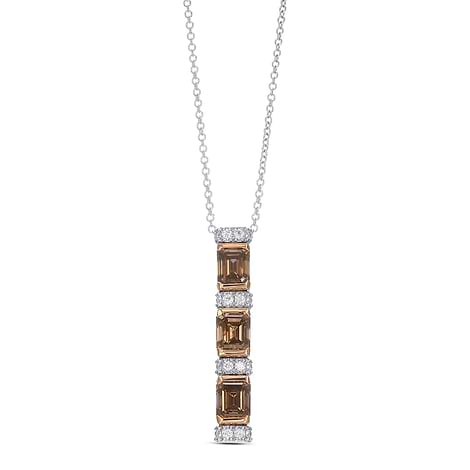


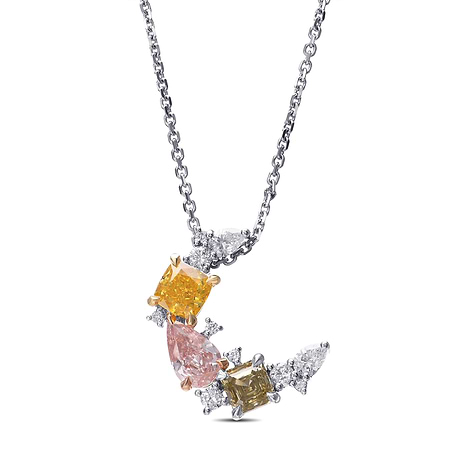

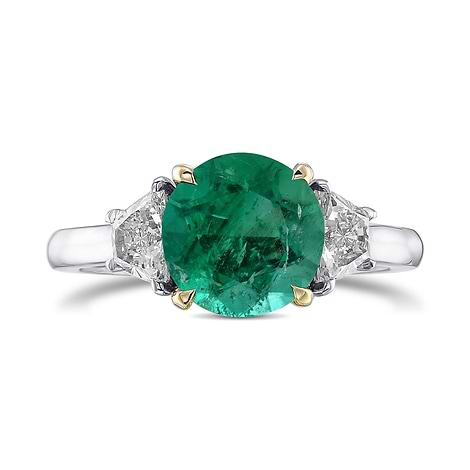

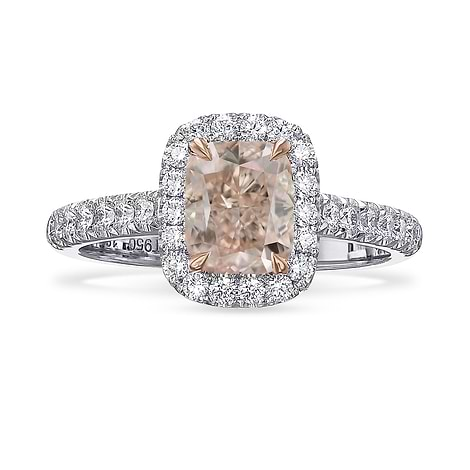

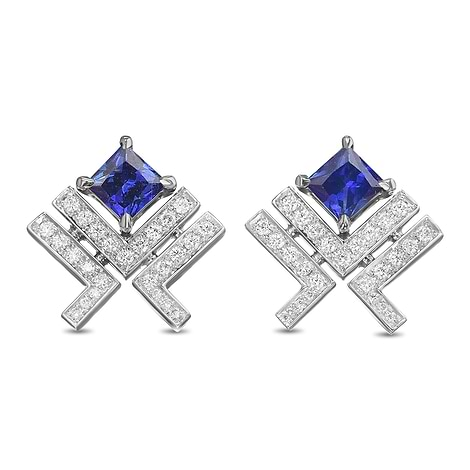
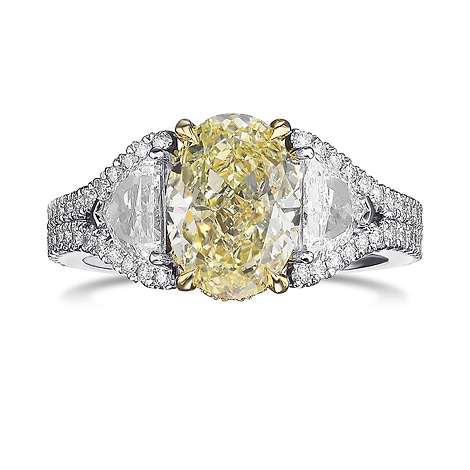
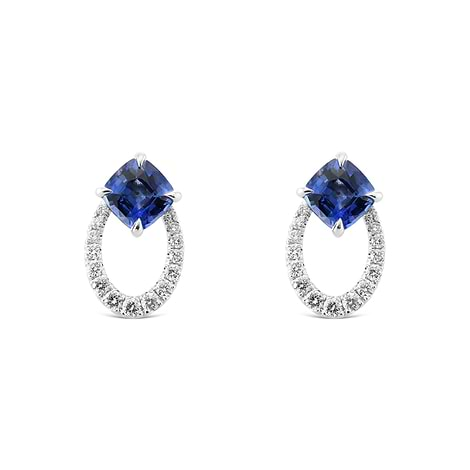


.png)